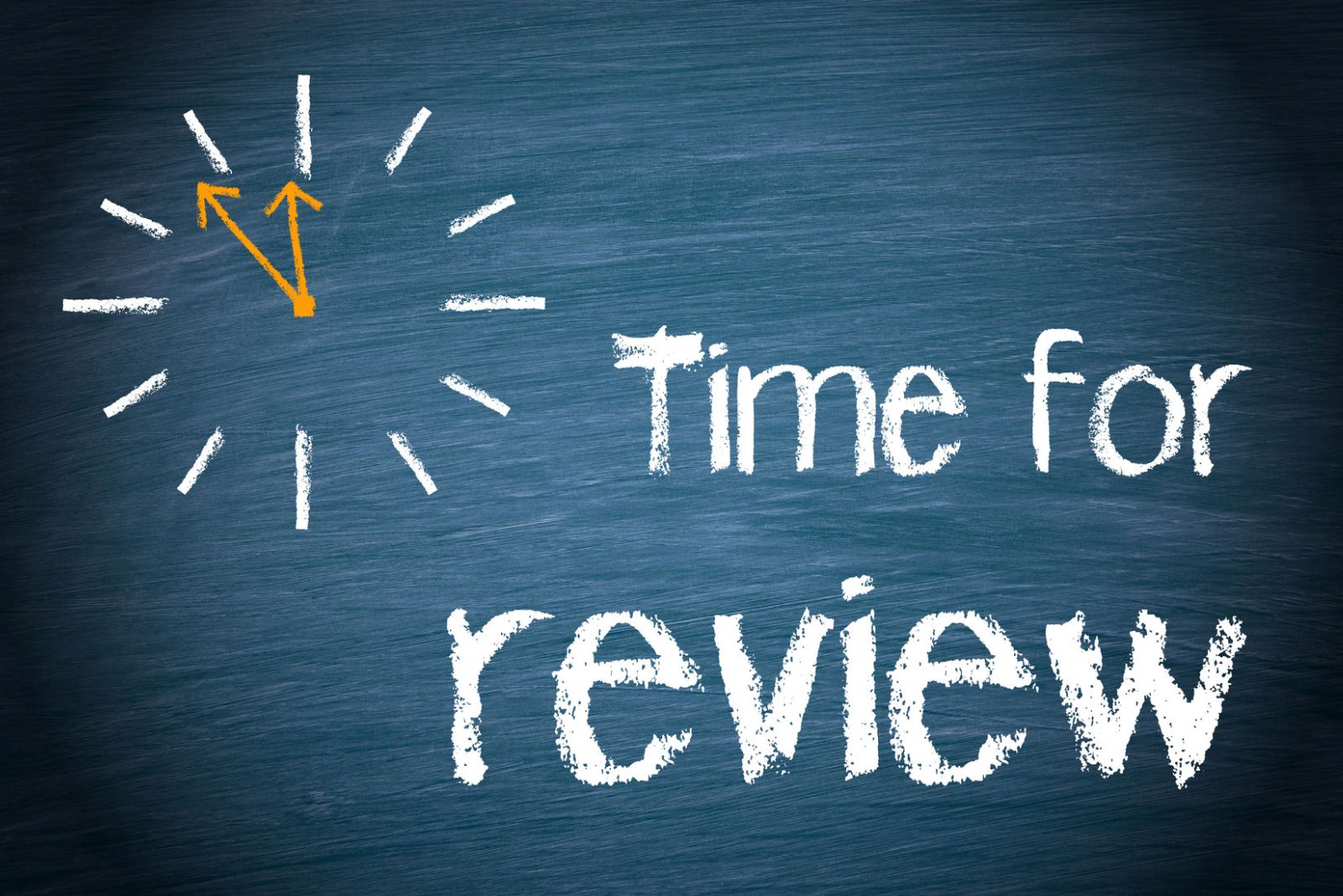
How do you stand out from your competitors? Maximize your PR with a communication audit
The best marketing communication campaigns are those that separate a brand or company from its competitors and receive a lot of PR attention in the process. If it’s a priority for you to pinpoint a strategy and execute a public relations effort that does just this, do not rush the process by underestimating the importance of a communication audit.
A communication audit should be the very first step you undertake when developing your PR strategy for the following reasons:
- It is an important methodology for evaluating and pinpointing your messaging and communications tactics so that your brand stands out vis-à-vis your competitors.
- It includes steps for identifying the interests of the media you need to reach and influence, thereby enabling you to incorporate newsworthy tactics into your program.
- It’s a surefire way to ensure your strategy is focused on the business and marketing goals of your senior management, thereby setting you up to succeed.
A professional Communication Audit includes both external and internal assessments, including:
- Competitors – It’s important to have a clear understanding of the competition from a public relations perspective. While market research might assess the competition for other reasons, such as to pinpoint customer preferences, understand brand attributes, and/or to identify product development opportunities, PR must focus on messaging and PR strategies. Take a look at the communications initiatives, messages and publicity results generated by competitors. This allows you to position your communications messages and efforts vis-à-vis the competition, and ensure the credibility of the differentiators you pitch to the media.
- Media – Analyze the media outlets and actual journalists reporting on your industry. Focus on what types of stories they tend to cover, who they turn to for expertise, and so on. When necessary, conduct “soft soundings” with media contacts through which you hear journalists’ views firsthand. This way, you will be able to pinpoint newsworthy industry trends and interests, as well as target media needs and opportunities.
- Executives – Interview the appropriate executives in your company to confirm or identify the broader business goals of your company. Discuss the PR goals specifically to ensure your efforts are focused in a way that delivers the greatest value. Also interview executives who will serve as media spokespersons as though you are a journalist to uncover their points-of-view for PR story angles and a Thought Leadership campaign. This step of the communication audit also helps you to assess the interviewing skills and comfort levels of executive spokespersons to determine the extent of media training to incorporate into your program.
- Customers and Other Third-Parties – Talk to customers! Unlike market researchers who speak with large numbers of “consumers” via surveys, focus groups and other methods, you should speak with just a handful to gather anecdotal feedback and testimonials about the product, brand or company. This will help you gather testimonials and user stories to incorporate into your PR pitching. And since journalists often ask to speak with customers when preparing stories, you can also assess which individuals give the best interviews.
After completing your communication audit you will be well armed to finalize your messaging, strategies, tactics, story angles and media targets. You will also be in a position to pre-determine the best ways to measure your efforts and what defines success. You’ll be surprised how a communication audit can significantly change your plan-of-attack!
We’d love to hear about your experiences with communication audits, and how this process has made your PR campaigns a success.



